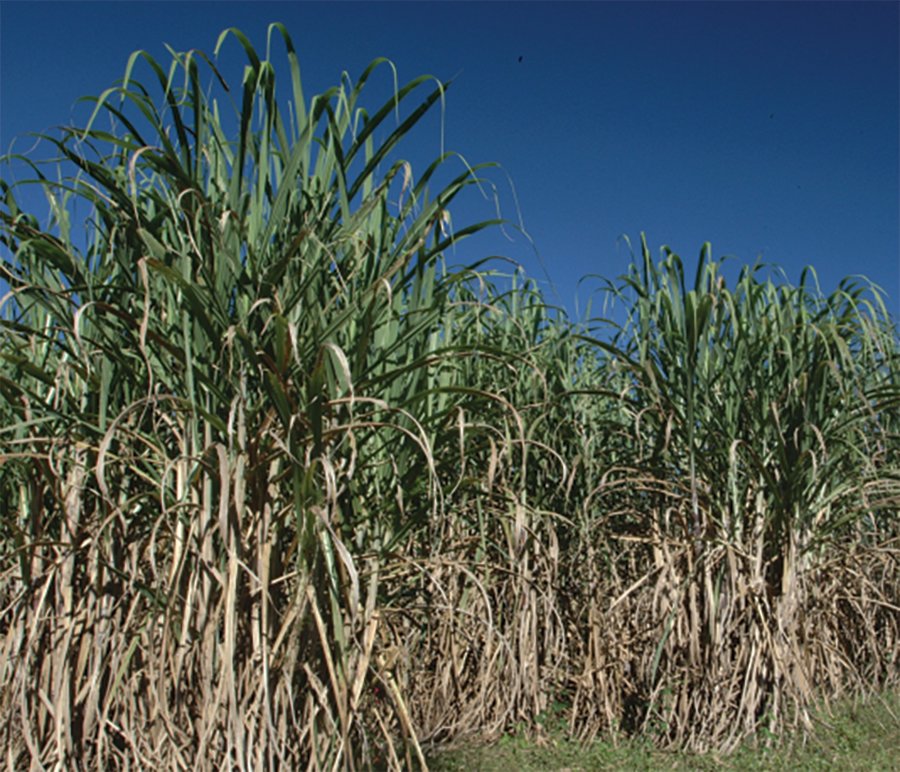
Florida’s sugar farmers are fighting back against a new study aiming to measure the effects of fine particle pollution from sugarcane burning on South Florida, which farmers say is based on faulty “estimates and conjecture.”
At issue is a study led by Florida State University researchers and recently highlighted by the Palm Beach Post. The researchers found that two to three people die each year due to negative effects from those sugarcane burns.
But in a new release responding to those claims, farmers are pointing to previous studies showing air quality in the Glades region meets all environmental standards and is cleaner than the state average.
An analysis of each county’s air pollution levels, conducted by the Robert Wood Johnson Foundation, shows counties where sugar farms are primarily located are cleaner than the state average. That study measures the average daily density of fine particulate matter.
In addition, U.S. Sugar has released reports previously showing air quality is up to par, and pushing back on claims the state is failing to capture harm to nearby residents.
State-level reporting has shown Florida has some of the cleanest air in the country. But some critics argue the state’s measuring systems are faulty. U.S. Sugar’s report, however, found private air quality data tracks closely with state data. And a new monitor installed by the state in 2021 led to readings similar to previous years.
That data would seem to counter claims that sugarcane burning is damaging air quality and nearby residents’ health, according to Randall Miller, a former air quality expert with the Palm Beach County Health Department.
“As a former environmental supervisor for air quality with the Palm Beach County Health Department, it is clear the Palm Beach Post continues to ignore the fact that the air in the farming communities is cleaner than coastal communities like West Palm Beach, where its own employees live and work,” Miller said in a response to the study and the Post’s article.
“These ‘estimates’ or ‘best guesses’ are in direct conflict with actual on-the-ground data collected over days, months, and years by multiple public, private, and media air monitoring equipment that shows the air meets ALL EPA air quality standards.”
The study attempted to isolate the effects of sugarcane burning specifically, but farmers attacked the researchers’ efforts there and pointed to other possible causes of pollution.
“The Palm Beach Post also fails to mention motor vehicle emissions and Saharan dust, which are contributors in the few times where there is poor air quality — both in our farming area and on the coasts,” read a statement from U.S. Sugar. That statement also argued the study was biased.
Sugar farmers have quibbled with the Post’s reporting in the past, arguing the paper is leaving out data that would counter claims that the burns are harming residents.
The issue of air quality in the Glades region has been litigated for years, both in the court of public opinion and actual courts of law. A lawsuit filed in June 2019 alleging residents are getting sick due to sugar burns resulted in a yearslong battle, but was ultimately dismissed earlier this year, with no possibility of refiling.
That case faced multiple legal hurdles after a judge questioned plaintiffs’ evidence connecting health outcomes to those burns.
“As sugarcane farmers have maintained from the start, the case against air quality in the farming region was without merit,” said Judy Sanchez, U.S. Sugar’s Senior Director for Corporate Communications and Public Affairs, in response to the dismissal.
“We believed the science, data and regulations that support our work every day would show that the air quality in the Glades is ‘good’ — the highest quality under federal regulations.”

One comment
Paul Passarelli
August 31, 2022 at 9:50 am
“The researchers found that two to three people die each year due to negative effects from those sugarcane burns.”
I really don’t care how good their statistical analysis is, meaning their methods. That level of prediction is absurd.
Seriously 2-3 people die ***every day*** in the same region from bad decisions about when to turn left against oncoming traffic!
Comments are closed.